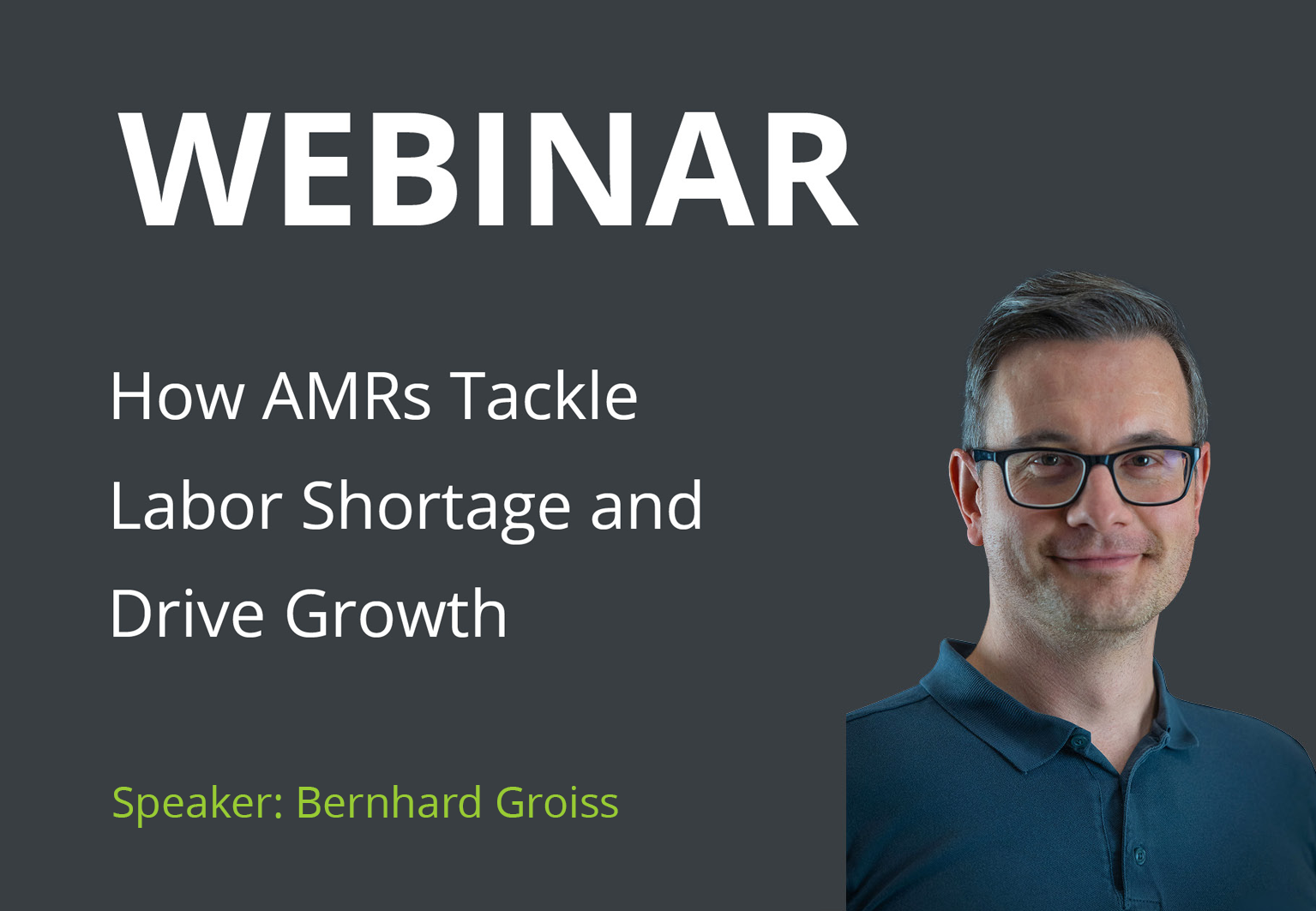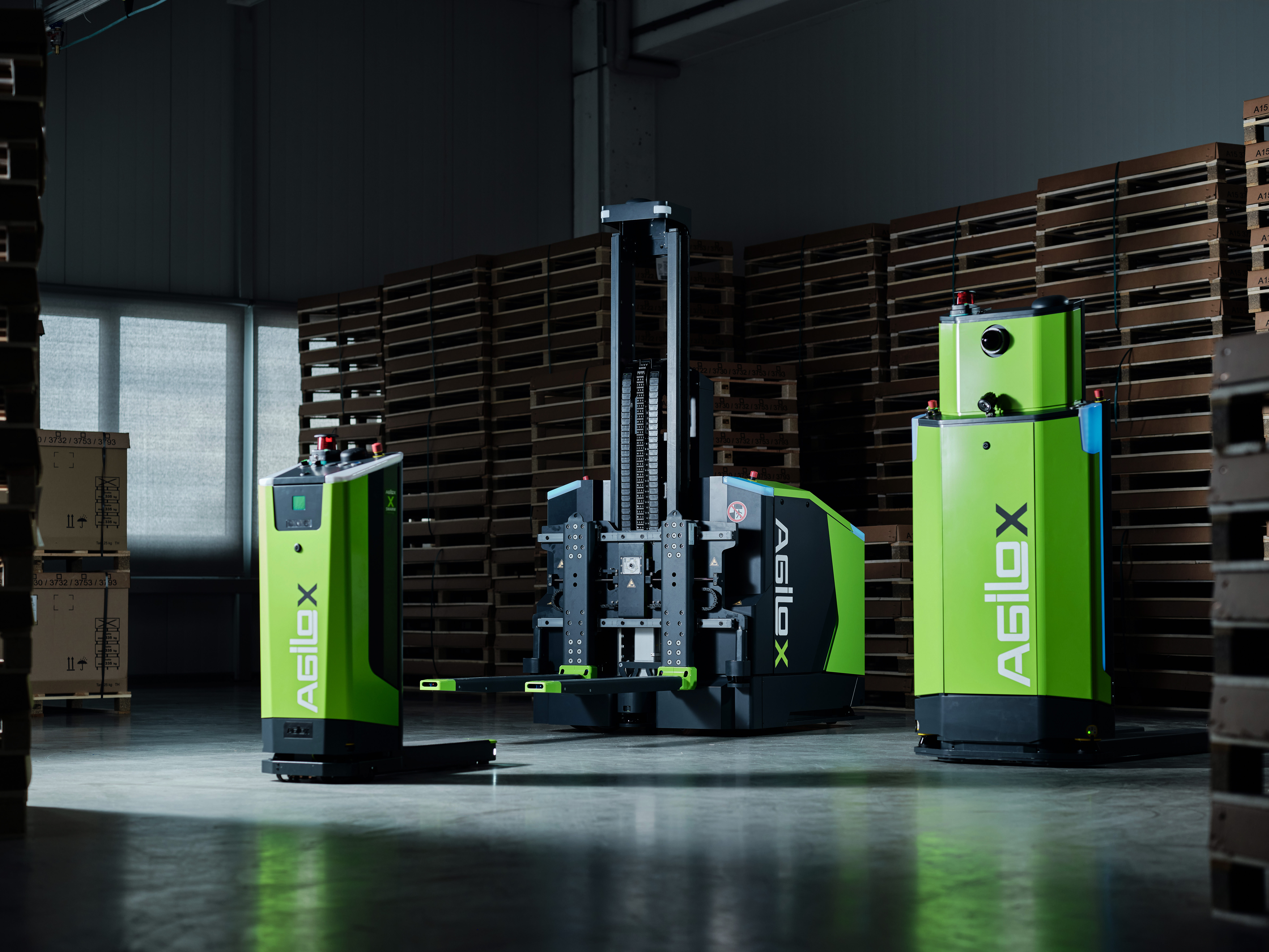TCO
As you know, the key figure "Total Cost of Ownership" (TCO) represents an accounting procedure that is intended to help estimate all the costs incurred by investments in advance. The basic idea is therefore to obtain an accounting that includes not only the acquisition costs but also the aspects of implementation and subsequent use, in order to identify unwanted cost drivers or even hidden costs in advance. The most important basis for this is the differentiation between direct and indirect costs.
What does an AMR cost?
One question that managers like you understandably ask is, "How much does an AMR cost?" Unfortunately, there is no simple answer to this question, given the many aspects that influence the total cost and must be considered.
+ First, there is the question of whether comparable information regarding the strategic and operational suitability of an AMR solution for your company's processes is already available or must first be determined by means of test runs and on-site demonstrations.
+ Secondly, a lot depends on how open a system is for integration into the existing system landscape.
+ Thirdly, it is necessary to assess how high the maintenance requirements of the vehicles are and how service and software subscriptions affect the annual operating costs in order to future-proof the system.
+ Lastly, looking to the future, it is important to consider how easily a system can be dismantled at the end of its lifecycle and, ideally, resold after a "retrofit."
In short, when calculating the true cost of an AMR project, the pure vehicle price is only one aspect of many that result from the individual phases from sounding out to deployment to disposal.
Evaluation phase
The goal of the evaluation phase is to search the market for different AMR solutions and find the right solution for your operation's current and future needs.
Exploring the market and specifying the desired requirements are critical. However, they should not underestimate the time and effort required to do so.
Once these specifications have been established and a number of potential AMR vendors have been identified, it is advisable to conduct demos and test drives to see the vehicles and their performance within the operational production environment and to gain a vivid understanding of what AMR operation will mean in concrete terms.
Such live demonstrations cost money, but the knowledge gained from them cannot be overstated. In addition, some vendors - such as AGILOX - will grant you credit for the cost of a live demo when you make a purchase offer.
Commissioning phase
In this phase, there are roughly 3 areas you need to keep an eye on in terms of TCO:
Setting
Does the environment need to be structurally prepared for the new vehicles?
Depending on the solution's openness, do new IT interfaces be created?
Depending on the flexibility of the solution, do new load carriers, racks, and stations need to be installed and electrical work carried out?
Delays and downtimes
How long will any slowdowns or even shutdowns in the production process resulting from commissioning last?
It goes without saying that the faster the implementation can take place, the fewer constraints there will be on the production lines that are running out of time.
In the case of AGILOX AMRs, for example, commissioning the first AMR on site takes a maximum of 12 hours - adding each additional AMR even takes only 15 minutes.
Training
It is also important to remember that the entire workforce - and not just those employees who are trained as system operators and administrators - must be trained in the daily use of AMRs to ensure full system performance and widespread acceptance.
Operating phase
+ In terms of TCO, the costs for operation, including servicing, maintenance, and spare parts, must be considered first.
+ Another cost item arises from software subscriptions for regular software updates or fleet management software licensing, which must be considered and negotiated.
+ Also, be sure to consider the flexibility of an AMR in the event of changes to production lines to minimize costs in such situations.
+ Finally, it is important to ensure that changes to AMRs can be made by your team itself and that you do not have to rely on the help of external consultants or technicians.
End phase
Despite all the longevity due to maintenance and servicing, it is inevitable that the end of an AMR's operational capability will be reached at some point. For this reason, it is worthwhile to determine in advance whether or not successor products can be adopted without major investment in the existing infrastructure and remain compatible with the vehicles that continue to exist.
Finally, the question arises as to how easily a system can be dismantled at the end of its life cycle and transferred to a second life by selling it to other partners.
Closely related to TCO is the question of return on investment and what other points you should consider when switching to and entering automated transport systems. You will find a summary of this in the form of a free checklist, which you can download here. In addition, beyond the current topic, you will find a detailed article on each of the points listed there - as well as the ROI - such as this one, which you can access - also free of charge.



